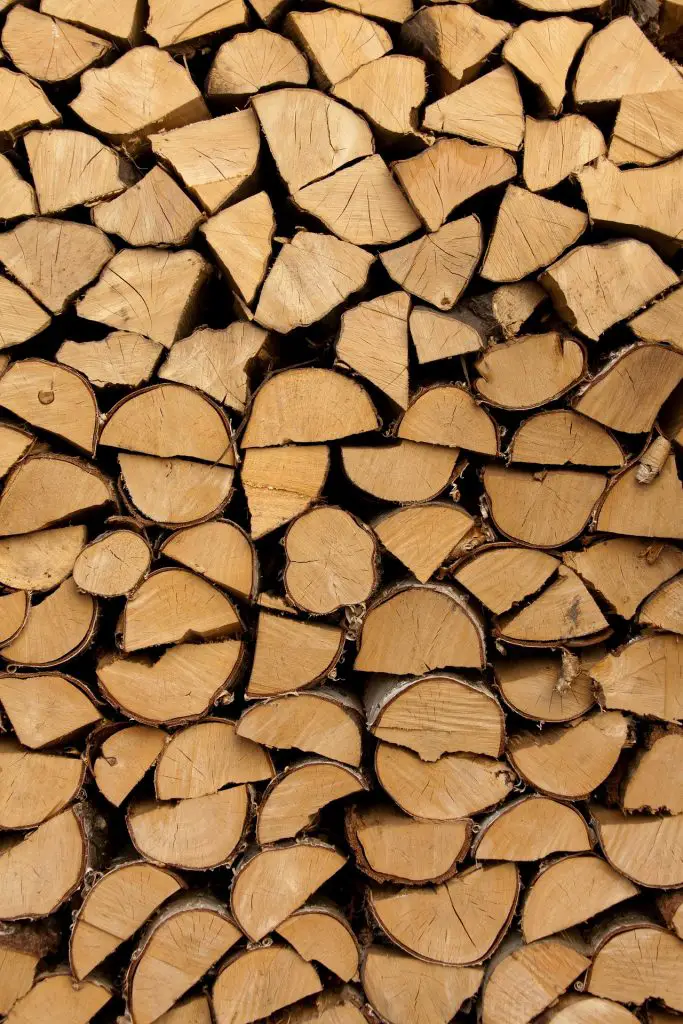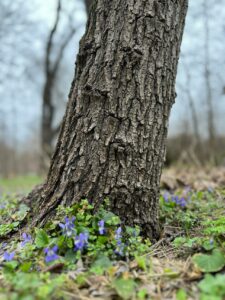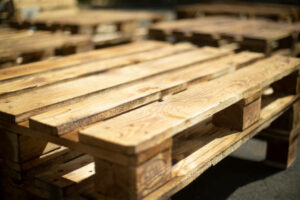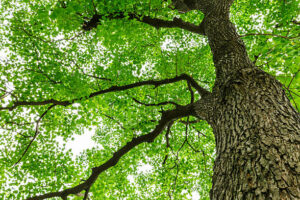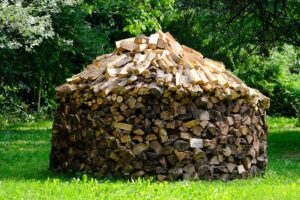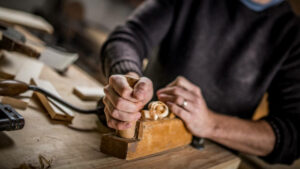Do you have a wood-burning fireplace? If so, you know the importance of having a good stockpile of firewood to keep your fires burning. But how do you store that firewood so it’s ready when you need it? Here are 5 tips for storing firewood so it’s always dry and ready to use!
How to Properly Store Firewood in Winter
It’s that time of year again! The leaves are changing color, the weather is getting colder, and winter is just around the corner. For many people, this means cozy fires in the fireplace to keep them warm. In order to make sure your fires burn well all winter long, you need to store your firewood correctly. Here are some tips
- Store your firewood in a dry place. If you can, store it under a roof so it’s protected from the rain and snow.
- If you can’t store your wood under a roof, make sure to stack it off the ground on pallets or cinder blocks. This will help keep it dry.
- Don’t store your wood directly against your house. This can cause moisture to build up and damage your home.
- Store your wood in a place where it will get plenty of air circulation. This will help keep it dry.
Storing Firewood in Summer
- In the summertime, you can store your firewood outdoors. Make sure to stack it off the ground on pallets or cinder blocks so it doesn’t get wet and rot away.
- You’ll want to make sure that air can circulate all sides of the woodpile for proper drying.
How to Stack Firewood
Stacking firewood can be tricky, though. If you don’t do it properly, the wood can become wet and won’t burn well. Here are some tips for stacking your firewood:
- Stack the wood so that air can circulate around it. Wood stacked too tightly won’t dry out properly.
- Make sure to stack your wood off the ground. This will keep it from getting wet or rotting away before you need it in wintertime! You can put bricks or cinder blocks under the woodpile to elevate it, or you can build a simple wooden frame.
- Make sure the top of your woodpile is covered with a tarp or other waterproof material. This will help keep the rain and snow from getting the wood wet.
- Do not stack your firewood against your house! This can cause moisture to build up in the walls and damage your home.
How to Split Firewood
- Once you’ve got your firewood stacked, it’s time to split! Here are some tips for splitting:
- Start with a hatchet or small ax
- Use an ax handle that is longer than 36 inches long—this will help keep you from getting too close to the chopping blade
- Use a log that is about 18 inches long and 12 inches in diameter as your starting point
- Strike the log perpendicularly to the ax handle, with your arms straight and your body weight behind the blow. This will help you deliver more power to the splitting ax.
- Aim for the center of the log, using your feet as guides to keep you in line with the log.
- If you’re having trouble splitting logs that are too thick or long, try using a wedge instead of an ax handle. The wedge will help break up some of the wood before it hits your chopping blade!
Ways To Improve Your Firewood Storage
If you’re looking for ways to improve your firewood storage, here are some tips:
- Stack the wood so that air can circulate around it. Wood stacked too tightly won’t dry out properly and may not burn well when you need it in wintertime! You can put bricks or cinder blocks under the woodpile to elevate it, or you can build a simple wooden frame.
- Make sure the top of your woodpile is covered with a tarp or other waterproof material. This will help keep the rain and snow from getting into contact with your firewood when they fall on top of it! It also helps prevent insects like termites from infesting any of the wood.
- If you’re storing your firewood outdoors in the summertime, make sure to stack it off the ground on pallets or cinder blocks so it doesn’t get wet and rot away.
- You’ll want to make sure that air is able to circulate around all sides of the woodpile for proper drying.
How To Forage for Firewood
If you’re looking for ways to find firewood, here are some tips:
- Look under trees or in forested areas. These will often have dead branches or fallen logs that can be used as fuel.
- Use clippers to cut down small limbs and use them as kindling (small twigs) before starting your main fire.
- Check around your neighborhood for people who might be doing yard work and ask if they have any extra branches or logs that they don’t need.
- Be sure to only take firewood from areas where it is OK to remove dead trees, branches, etc. Don’t take wood from protected areas, like nature reserves or parks.
